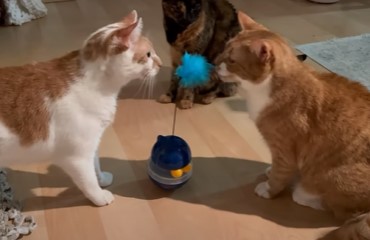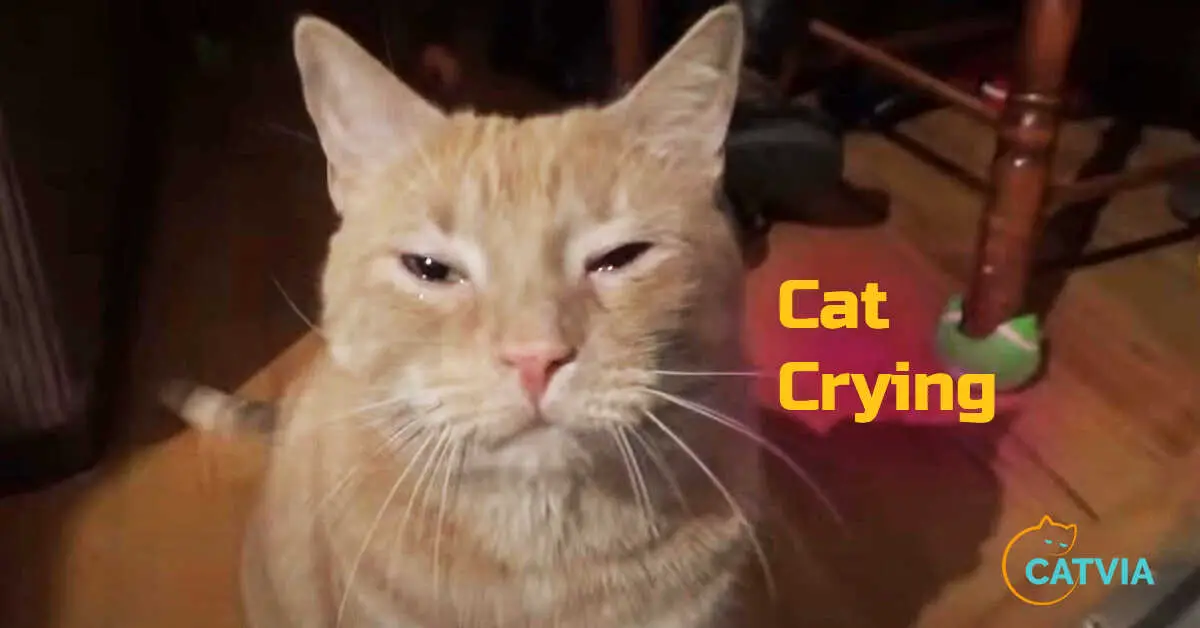It can be difficult to find the right reward for your cat. There are so many options on the market, and it can be hard to know which one will be the best fit for your feline friend.
However, there are a few things you can keep in mind that will help you choose the perfect reward for your cat.
How do you find the right reward for your cat?
If you have a cat, you know that they can be fickle creatures. One day they may love their scratching post and the next day they may ignore it completely. So, how do you find the right reward for your cat?

The first step is to think about what your cat loves. Do they like to play with toys? Are they drawn to certain foods?
Once you have an idea of what your cat enjoys, you can start to narrow down your options.
There are many different types of rewards that you can give your cat. Some people prefer to use treats, while others opt for toys or even just a simple petting session.
The important thing is to find something that your cat will respond well to.
List of Cat Tricks
Do you think your cat is smart? Well, if they can do any of these tricks, they are! Here’s a list of some great tricks you can teach your cat.
Sit up
This is a simple trick that just about any cat can learn. Just hold a treat above their head and say “sit.” Most cats will naturally put their back legs down and sit up to try to reach the treat.
Once they do, give them the treat and lots of praise!
Shake hands
Another easy trick for cats to learn is shaking hands (or giving paw). Again, hold a treat in front of them and say “shake” or “give paw.”
When they lift their paw to try to get the treat, give it to them along with some enthusiastic praise.
Roll over
This one takes a little more patience to teach, but most cats can eventually learn it. Start by having them lie down on their side.
Then hold a treat near their nose and slowly move it away from them while saying “roll over.” They should start following the treat with their nose until they roll all the way over onto their other side.
As soon as they do, give them the treat and praised immediately so they know they’ve done something good!
Play dead
This is another fun trick that may take some time for your cat to master but is definitely worth it when they finally do! Start by having them lie down on their side like you did for the “roll over” trick.
But this time when you move the treat away from their nose, continue moving it until it’s just above their hind leg (you may need someone else to help you with this part).
As soon as they lift their leg up in response to the treat, quickly move it out of reach so they have to stay in that position – aka playing dead!
If successful, give them the treats right away along with plenty of verbal praise so know exactly what behavior earned him/her those delicious rewards!
What is a Good Reward for a Cat?
Some general tips that may help include offering your cat a favorite treat or toy, or simply petting and praising them for a job well done.
It’s also important to make sure that the reward is given immediately after the desired behavior is displayed, as this will help your cat understand what they are being rewarded for.
How Do You Reward And Punish a Cat?
There are a variety of ways to reward and punish a cat. The most common method of rewarding a cat is through food. This can be in the form of treats, extra kibble at mealtime, or even just some table scraps.
For punishment, the most common method is through verbal scolding or physical retaliation such as spraying them with water.
Do Cats Respond to Rewards?
It’s no secret that cats can be pretty finicky creatures. So, you might be wondering, do cats respond to rewards? The answer is yes…and no.
It really depends on the cat. Some cats are highly motivated by food and will do just about anything for a tasty treat. Others couldn’t care less about food and would rather have a toy or some attention as a reward.
If you’re trying to train your cat to do something specific, it’s important to figure out what sort of rewards they respond to best.
Only then will you be able to offer them the right motivation to actually learn the behavior you’re trying to teach them.
Do Cats Respond to Negative Reinforcement?
Yes, cats can respond to negative reinforcement. This is when something unpleasant is used to decrease the likelihood of a behavior occurring.
For example, if a cat scratches furniture and is then sprayed with water, they are likely to stop scratching furniture in order to avoid getting sprayed again.
His professional interests include humane education, ethics, small animal behavior, and veterinary. As a pet lover from school life, having grown up with two cats and a dog. If he isn’t spending time with his friends and family, Justin enjoys traveling. Learn more about Justin here.
Find him on: Facebook
Read his latest ARTICLES


